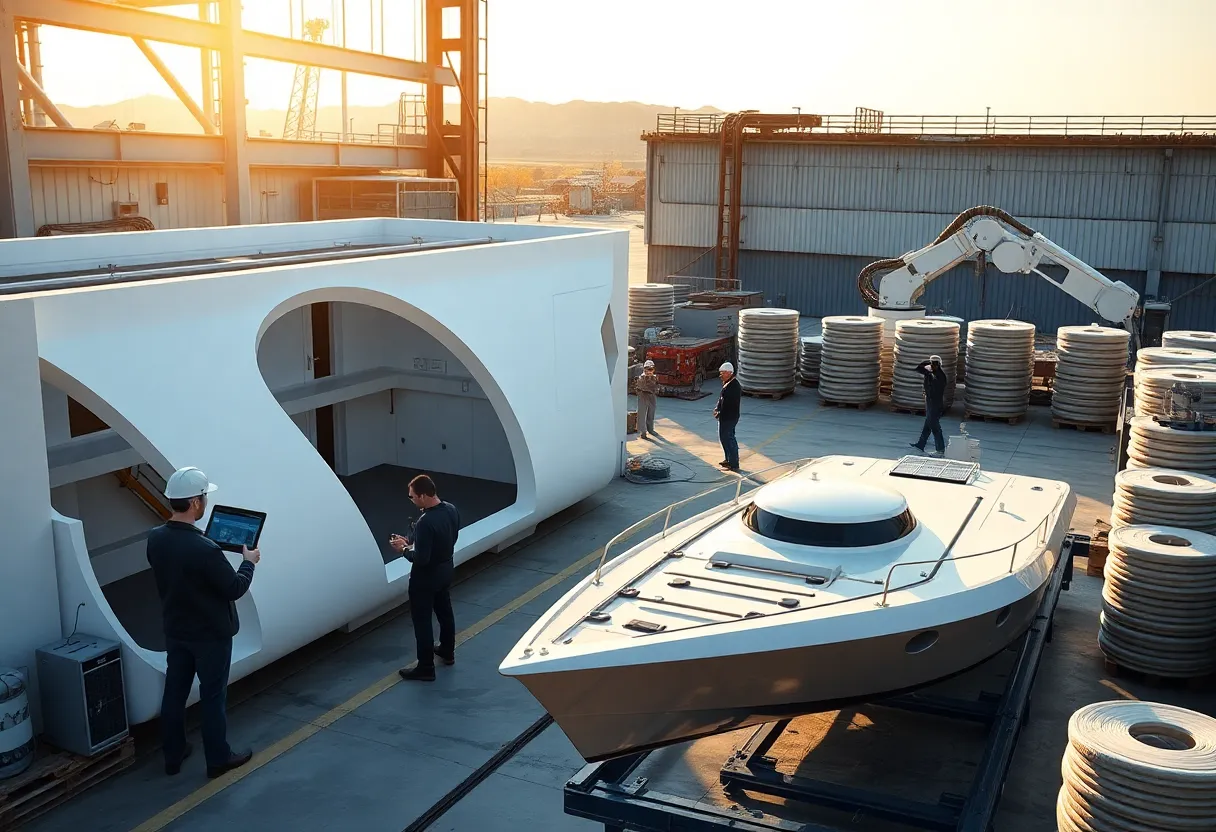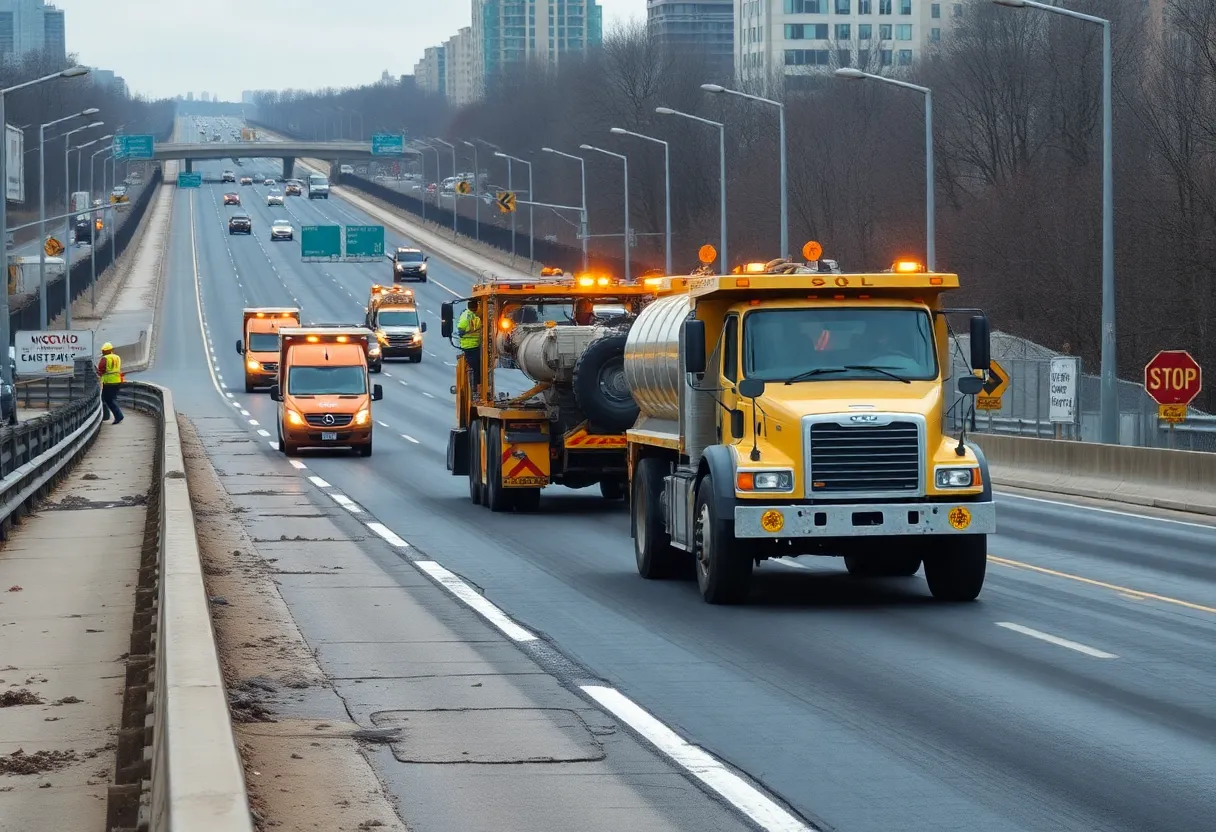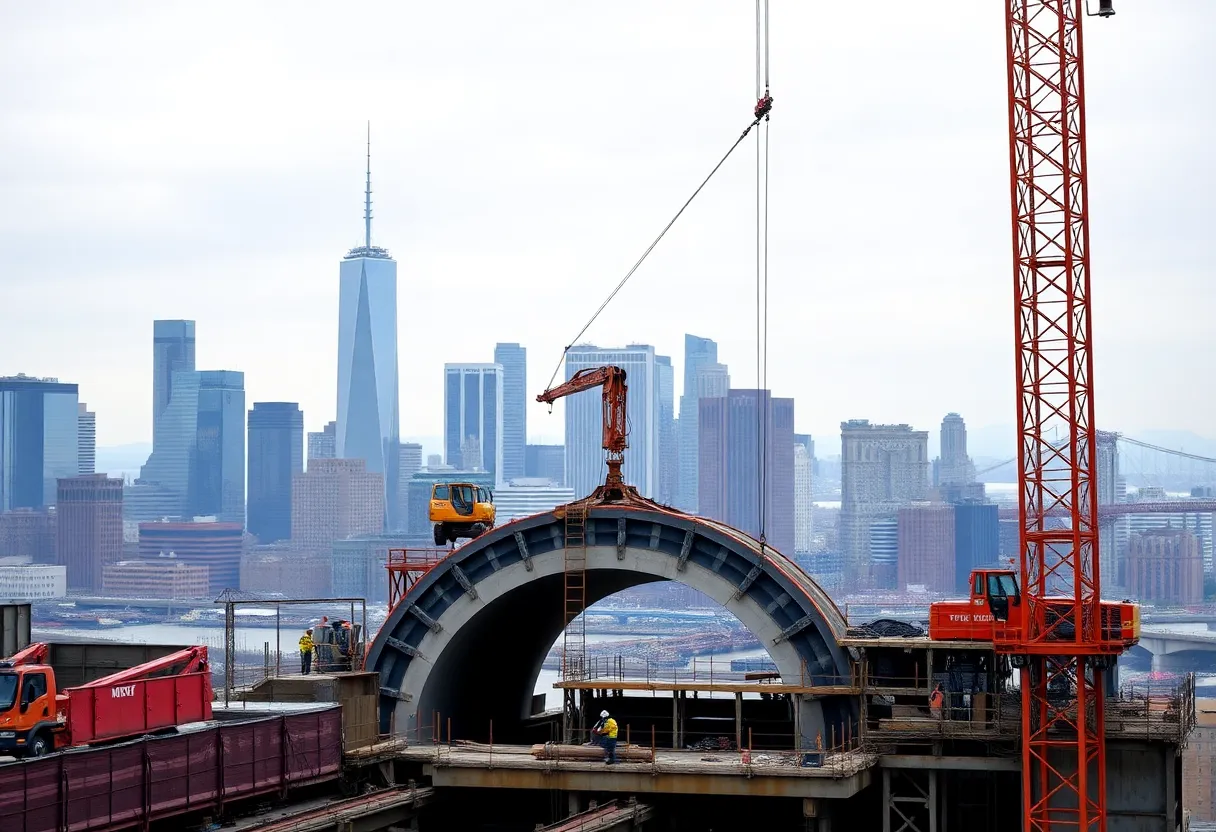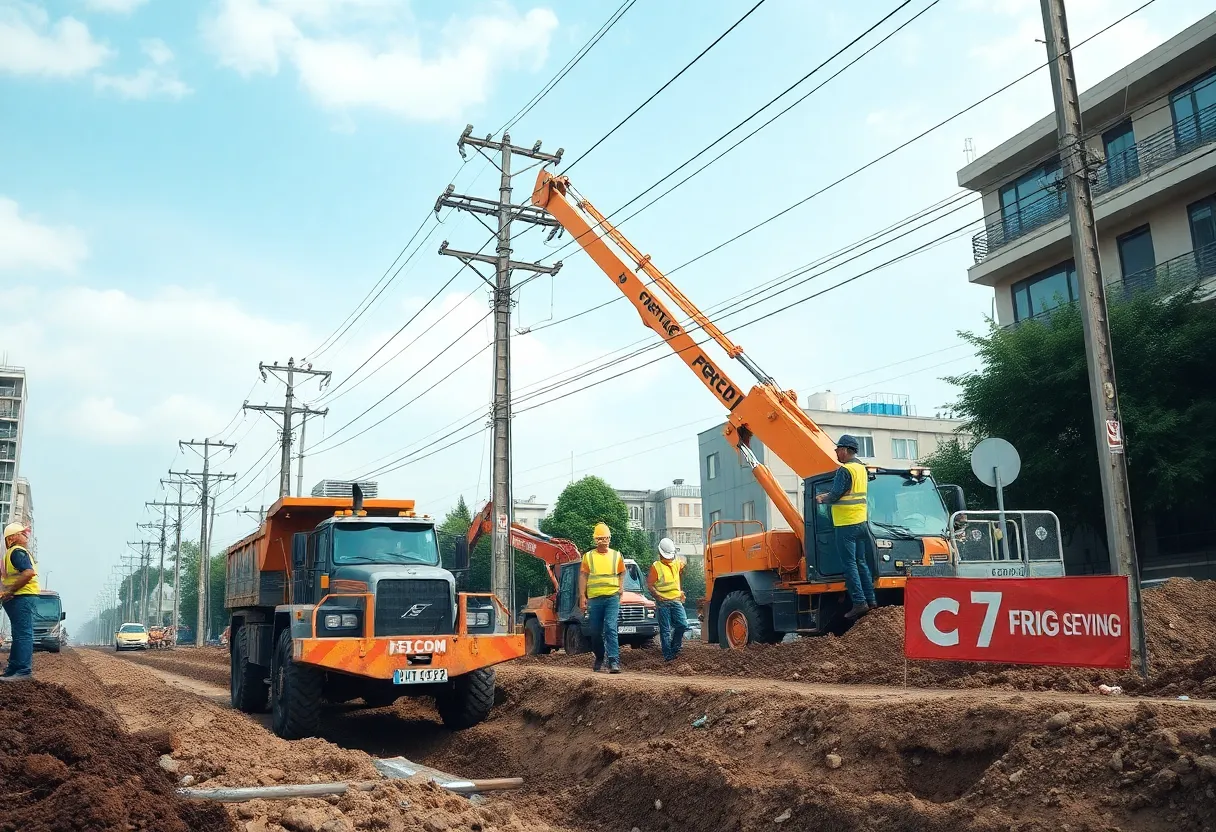Dubai, August 14, 2025
News Summary
3D digital tools — from BIM and VR to large-format 3D printers and AI-driven design — are moving from prototypes into real-world buildings, marine vessels and aerospace components. Projects in Dubai and the Netherlands show full-scale villas, printed hulls and electric passenger abras built faster and with less waste. Luxury yacht makers use robotic printing to halve lead times and cut material waste, while engineers use AI to design metal engine parts for large industrial printers. Benefits include greater precision, faster delivery and reduced waste, though high costs, regulatory hurdles and testing infrastructure remain obstacles to wider adoption.
3D Digital Tools Are Rewriting How We Build: From Dubai’s 3D-printed villas to AI-designed rocket engines
The construction and design world is changing fast as 3D digital technology — such as BIM, 3D printing and virtual reality — moves from experimental to everyday use. These tools let teams design in three dimensions, spot problems before work starts, cut errors and speed projects. Real projects now show how this technology saves time, reduces waste and opens new design possibilities across buildings, boats and even rocket engines.
Top-line developments
3D digital methods create precise models and physical parts that traditional methods struggle to match. BIM produces a 3D model that holds details from materials to systems and follows a project through design, build and maintenance. 3D printing has moved from small prototypes to printing full building components, boat hulls and large superstructure parts for yachts. These advances help teams test virtually, reduce rework, lower costs and make construction more sustainable by cutting material waste and energy use.
Why it matters now
- Accuracy: Models and prints reduce mistakes that drive up cost and time.
- Speed: Components can be printed off-site and assembled quickly. Some marine parts and boat hulls print in days instead of weeks.
- Customization: Complex shapes like double-curved surfaces and unique interior elements are now achievable without expensive tooling.
- Sustainability: Printing cuts waste and can use recycled or local materials, including recycled plastic, wood by-products and clay mixes.
Dubai: policy, pilots and big ambitions
Dubai aims to have 25% of its buildings 3D-printed by 2030. The city has several high-profile projects that show how the tech performs in tough climates and busy markets. A developer used a large construction printer to build a three-bedroom villa with curved walls and big windows, reducing waste by printing structural elements directly. A local transport agency trialled an 11-metre electric abra — a traditional passenger boat — that carries up to 20 people and uses two 10-kilowatt motors. That trial showed a 90% cut in manufacturing time and a 30% cut in cost for the abra’s shell.
Maritime printing and boatbuilding
Large-format 3D printing is making waves in boatbuilding. A printed hull called MAC ONE was made with a reinforced polymer mix and printed in about 82 hours. The process used automated support systems so overhangs and double-curved surfaces could be printed without constant manual help. Partners are testing fully recyclable materials for workboats and patrol craft to speed production and improve sustainability. Benefits include no need for costly molds, faster turnaround, lighter parts and easier customization — important in the luxury and commercial boat markets.
Luxury yachting and robotic printing
A major yacht builder used a robotic large-format system to print air grilles and windshield visors for a motor yacht. Each superstructure component measured roughly 4.2 metres by 0.4 metres and weighed about 40 kg; each took around 72 hours to print. Compared with traditional fiberglass molds, the printed parts cut lead time by half, reduced material waste by about 60% and trimmed part weight by roughly 15%.
Aerospace: AI plus printing
In aerospace, a Dubai-based startup is using AI to design rocket engines that are then 3D printed. The AI generates complex engine designs and software, which can be fed to metal 3D printers. The company has moved from small test engines under 30 cm in diameter to plans for engines needing industrial metal printers with build volumes near two metres. Some new designs aim for meganewton-class thrust levels — in the range of 1,000–2,000 kilonewtons — but these will need big test stands and rigorous testing before flight use.
Research, interiors and practical uses
Research teams have printed a modular masonry wall from clay blocks, installed as a permanent reception feature. Designers printed a large restaurant interior from recycled plastic parts and used thousands of bespoke printed pieces to create canyon-like forms. Furniture makers cut prototyping time from a week to a few days using desktop industrial printers. In disaster relief and housing, 3D printing has been used to rapidly provide shelters and homes for displaced people.
Limits and hurdles
Despite the benefits, there are obstacles. Equipment and software costs are high, which can block smaller firms and developing countries. Codes and safety standards are still catching up for printed buildings and printed structural parts. Large metal printers demand huge supplies of metal powder and significant investment in testing infrastructure, such as engine test stands and certified laboratories.
Outlook
As printers, materials and AI improve, costs are expected to fall and adoption to rise. Early deployments show clear advantages in speed, waste reduction and design freedom. Wider use could help tackle urban growth, housing shortages and environmental goals by enabling faster, more efficient and more sustainable construction.
Key figures at a glance
- Dubai target: 25% of buildings 3D-printed by 2030.
- Abrapilot: 11 m abra, up to 20 passengers, two 10 kW motors, 90% faster manufacture, 30% cost cut.
- Large hull print: MAC ONE hull printed in about 82 hours with material reinforced at 25% glass fiber.
- Yacht parts: Printed superstructures ~4,200 x 400 x 400 mm, 72 hours each, 50% shorter lead time, 60% less waste.
- Masonry wall: 175 unique clay blocks in a permanent installation.
FAQ
What is 3D digital technology in construction?
It refers to tools like BIM for digital models, 3D printing to make parts and structures, and VR for virtual review. Together they let teams plan, test and produce components with high precision.
How does 3D printing save time and money?
By printing parts directly, projects avoid long mold-making steps, reduce errors and cut material waste. Some marine parts and boat hulls print in days, and manufacturers report large drops in lead time and waste for specific components.
Is 3D-printed construction safe?
Safety and codes are evolving. Engineers and regulators focus on testing durability and performance. Many printed projects go through rigorous testing before being used in public or structural roles.
Can 3D printing be sustainable?
Yes. Printing reduces waste and can use recycled materials or local mixes like recycled plastics, wood by-products, or special clay mixes, lowering transport and raw material impact.
Where is 3D printing used right now?
Examples include full-size building elements, printed boat hulls and superstructures, bespoke interiors, furniture prototyping, masonry features, and even experimental rocket engines designed by AI.
What stops wider use of these technologies?
High initial equipment costs, need for updated building codes, access to large industrial printers and test facilities, and material certification all limit rapid adoption.
Key features table
| Feature | Sector | Example | Primary benefits | Notable numbers |
|---|---|---|---|---|
| Building Information Modeling (BIM) | Buildings / Infrastructure | Emirates Tower design | Lifecycle model, fewer errors, better coordination | Used across design, construction and maintenance |
| Large-format 3D printing | Maritime / Yachting | MAC ONE hull, printed superstructures | No molds, faster build, complex shapes | Hull: 82 hours; Yacht parts: 72 hours each |
| 3D-printed buildings & interiors | Residential / Commercial | 3D-printed villa; large interior with 27 canyon structures | Custom shapes, waste reduction, speed | Villa: 202 m²; Interior: 27 structures, 35 printers |
| AI-designed engines | Aerospace | AI-led engine designs scaled toward meganewton class | Faster design cycles, direct-to-print workflows | From 30 cm parts to printers near 2 m build volume |
| Research & masonry | Architecture / Art | 3D-printed clay wall (Hive) | New forms, balance of light/privacy, permanent install | 175 unique clay blocks |
Deeper Dive: News & Info About This Topic
Additional Resources
- VoxelMatters: All-Aboard 3D-Printed Boats
- Wikipedia: 3D printing
- 3D Printing Industry: Dubai’s largest 3D-printed lounge interior
- Google Search: 3D printed lounge interior Dubai
- 3Dnatives: 3DExpress — Dubai’s first fully 3D-printed boat
- Google Scholar: 3D printed boats
- The National: Dubai leaps with 3D-printed rocket engines
- Encyclopedia Britannica: 3D printed rocket engines
- BDCNetwork: World’s largest 3D-printed restaurant interior
- Google News: 3D printed restaurant interior
Author: Construction NY News
The NEW YORK STAFF WRITER represents the experienced team at constructionnynews.com, your go-to source for actionable local news and information in New York and beyond. Specializing in "news you can use," we cover essential topics like product reviews for personal and business needs, local business directories, politics, real estate trends, neighborhood insights, and state news affecting the area—with deep expertise drawn from years of dedicated reporting and strong community input, including local press releases and business updates. We deliver top reporting on high-value events such as the New York Build Expo, infrastructure breakthroughs, and cutting-edge construction technology showcases. Our coverage extends to key organizations like the Associated General Contractors of New York State and the Building Trades Employers' Association, plus leading businesses in construction and real estate that power the local economy such as Turner Construction Company and CMiC Global. As part of the broader network, including constructioncanews.com, constructiontxnews.com, and constructionflnews.com, we provide comprehensive, credible insights into the dynamic construction landscape across multiple states.





